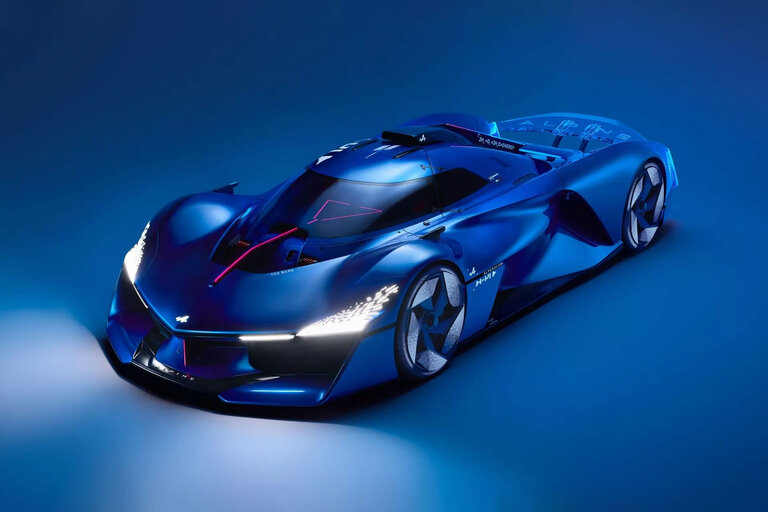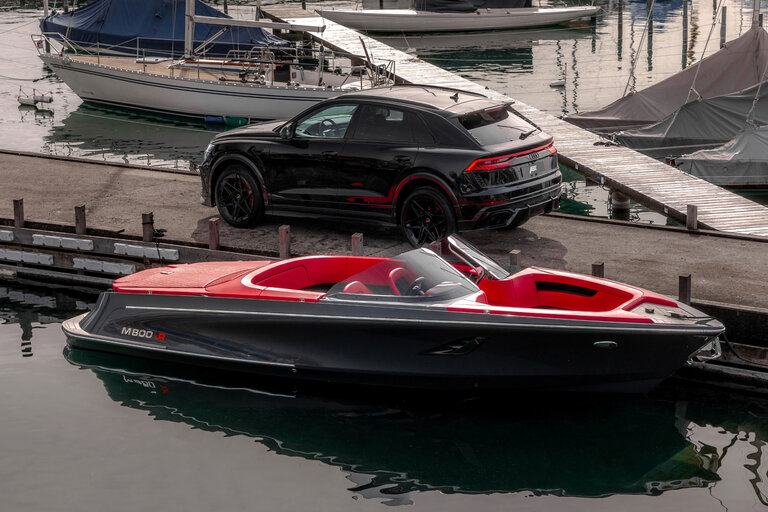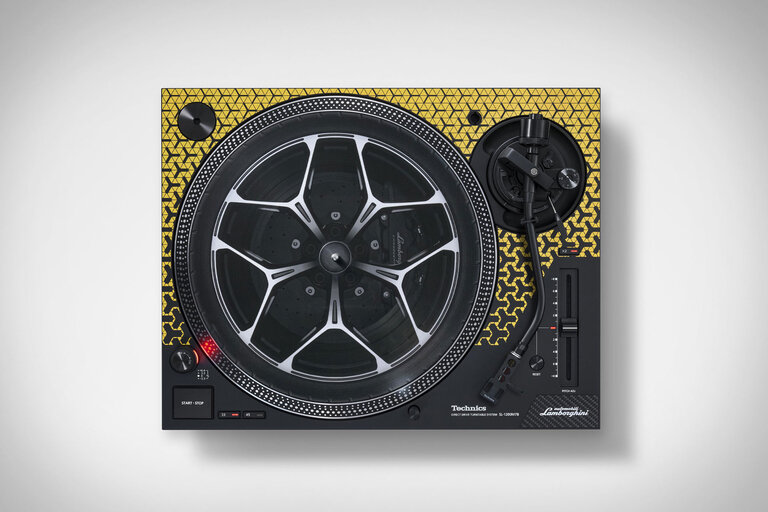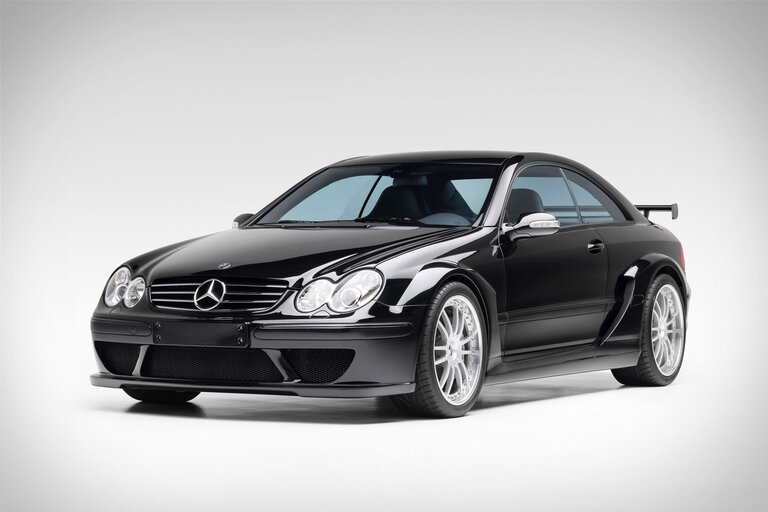
Overview
Subaru calls it an SUV, but the Outback is really a station wagon with ground clearance, and its capability as both a cargo hauler and an all-weather companion appeals to buyers with adventure on the mind. Subaru’s signature horizontally opposed engines—a 2.5-liter four-cylinder and a 3.6-liter six-cylinder—provide good fuel economy, but the Outback lacks the fun-to-drive nature we look for in a car. Safety takes the front seat in the Outback, though, and in addition to stellar crash-test results, Subaru offers a suite of active safety features such as automated emergency braking, adaptive cruise control, and automatic high-beam headlamps. All-wheel drive is standard—a hallmark of the Subaru brand—and helps the Outback earn its reputation as an outdoorsman’s carryall.
What’s New for 2018?
The rugged Outback gets spiffed up for 2018 with a fresh revision to its front bumper, grille, and headlamps. Limited models get a new wheel design to distinguish them from the rest of the lineup. Subaru has made a number of changes in the name of refinement: The electrically assisted power steering has been retuned, the suspension has been tweaked to provide a more comfortable ride, the continuously variable automatic transmission (CVT) is now—according to Subaru—quieter, and exterior noise is reduced thanks to thicker wheel-well liners in the rear, more aerodynamic side-view mirrors, and insulated side front-window glass. Cabin updates include a redesigned steering wheel and center console. The Outback’s standard infotainment screen grows from 6.2 inches to 6.5 inches and offers Apple CarPlay and Android Auto for the first time; a new 8.0-inch touchscreen (up from last year’s 7.0-inch screen) is optional. Adaptive headlamps are an added feature for 2018 and turn with the steering wheel to provide an improved field of view in night driving.
Pricing
Pricing is in 2018 dollars:
- Outback 2.5i: $26,810
- Outback 2.5i Premium: $28,910
- Outback 2.5i Limited: $33,610
- Outback 2.5i Touring: $37,405
- Outback 3.6R Limited: $36,310
- Outback 3.6R Touring: $39,605
Engine, Transmission, and Performance
Subaru offers the Outback with two engine options and one difficult choice: go with the base 175-hp 2.5-liter four-cylinder and suffer its lackadaisical performance, or shell out significantly more for one of the top two trim levels that give you access to the punchier 256-hp 3.6-liter six-cylinder. The Outback’s four- and six-cylinder engines are unchanged for 2018, and the only transmission—a continuously variable automatic (CVT)—has been retuned for smoother response. Despite this, we expect performance to stay the same. Due to changes in the pricing structure for 2018, upgrading to the 3.6-liter engine now can cost up to $2700. Both of the Outback’s engines are of the horizontally opposed (“flat”) variety, a design also used by Porsche in the 718 and the 911. The six-cylinder is limited to high-end 3.6R Limited and 3.6R Touring trims. Like all Subarus not named BRZ, the Outback comes standard with all-wheel drive.
Although more fuel efficient, the four-cylinder engine provides underwhelming performance when extra forward momentum is needed. Subaru’s six-cylinder engine is far better suited to the Outback’s size and weight. It also plays much more nicely with the Outback’s CVT—a middling unit that never offends but fails to stand out from the ever more crowded CVT pack. The six-cylinder 3.6R Limited and 3.6R Touring trims run $2605 and $2200 more, respectively, than their four-cylinder counterparts.
As a pure wagon substitute, the Outback’s dull driving dynamics are disappointing. Considered as a crossover, however, the Subaru’s more carlike characteristics give it an edge versus clumsier competitors. Subaru claims the 2018 Outback has a smoother ride thanks to suspension tweaks; the steering and brakes are improved, too. Despite these changes, performance on our test track should be relatively similar to the 2017 model we tested last year. The Outback is anything but quick when equipped with the smaller 2.5-liter flat-four engine. Exacerbating the issue is the Outback’s standard CVT, which fails to present even the illusion of peppy acceleration. While the four-cylinder never feels so slow as to be dangerous, we’d certainly welcome more liveliness.
Braking is not the Subaru Outback’s forte. With a 70-mph-to-zero braking distance of 192 feet, our 3859-pound Outback 3.6R Touring didn’t just perform poorly among its competitive set, it simply performed poorly. Consider that a 2015 Ford Expedition, heavier by 2269 pounds, required 22 feet less to come to a halt from the same velocity. Adding salt to the Outback’s braking wound is a rather squishy brake pedal.
Fuel Economy
EPA fuel economy testing, and reporting procedures have changed over time. For the latest and most accurate fuel economy numbers on current and older vehicles, we use the U.S. Department of Energy’s fueleconomy.gov website. Under the heading “Find & Compare Cars” click on the Compare Side-by-Side tool to find the EPA ratings for the make, model, and year you’re interested in.
Interior, Comfort, and Cargo
Functional and versatile, the Outback’s interior is spacious and built to a high standard. Soft-touch plastic marks the car’s upper dash, and the door-panel and center armrests are cushy enough for extended resting. Both the center console and the steering wheel are tweaked for 2018, and upscale Limited and Touring Outback models receive accent stitching on the seats and doors, glossy black interior trim, and silver highlights around controls. The Titanium Gray interior color is also new.
The base Outback 2.5i comes equipped with the basics, but it lacks perks such as automatic climate control, heated seats, or a power-adjustable driver’s seat. You’ll need to move up to the 2.5i Premium for those items. Limited and Touring trims feature additional niceties such as leather seats, a power-adjustable front-passenger seat, and climate-control vents for rear-seat riders. Compared with crossover-flavored station wagons such as the Audi A4 Allroad, the Volkswagen Golf Alltrack, and the Volvo V60 Cross Country, the Subaru Outback sets the bar in interior space. Still, those consumers looking to eke out every last inch of rear-seat legroom may want to look at slightly more spacious mid-size crossover offerings.
Storage space inside the Outback is on par with its segment cohorts, with the majority of the car’s useful storage found in the center console and a roomy covered storage area in front of the gearshift lever. The Outback’s cargo capacity continues to shine for 2018, with no changes to improve or degrade its performance in this crucial category. Despite a vast 36 cubic feet of cargo space behind the rear bench seat, there are no additional cargo-hold cubbies—a common, albeit not always particularly useful, feature found in a number of competing vehicles.
Infotainment and Connectivity
Last year’s standard 6.2-inch infotainment display grows to 6.5 inches and is available only on the base 2.5i trim; all other Outback models get a new 8.0-inch touchscreen in place of last year’s 7.0-incher. Apple CarPlay and Android Auto are now standard across the range, and all but the base 2.5i gain two USB ports on the back of the center console for the convenience of second-row passengers. Subaru’s Starlink infotainment system responds promptly to touch commands, and menu structures are simple and easy to understand. Navigation is available on Premium and Limited models and standard on the Touring trim. A handful of touch-sensitive buttons surrounding the screen simplify things, while volume and tuning are controlled via knobs. Uninspired graphics give the system’s interface a dated look.
Safety Features and Crash Test Ratings
For more information about the Subaru Outback’s crash-test results, visit the National Highway Traffic Safety Administration (NHTSA) and Insurance Institute for Highway Safety (IIHS) websites.
Warranty
Some older vehicles are still eligible for coverage under a manufacturer’s Certified Pre-Owned (CPO) program. For more information visit our guide to every manufacturer’s CPO program.
Source link





